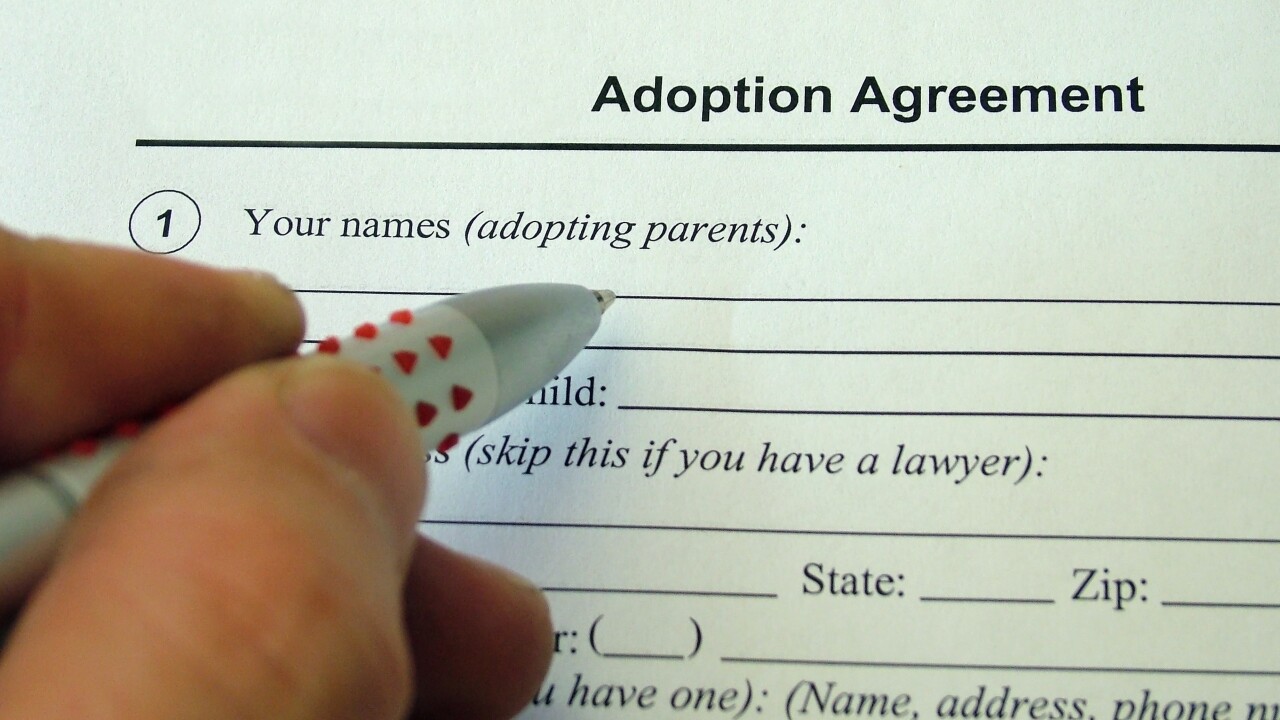While individuals are allowed to exclude gain of $250,000 ($500,000 by a married couple filing a joint return) on the sale of property owned and used as a principal residence for at least two years in the five-year period ending on the date of the sale, they should still do everything possible to determine their basis in a principal residence.
Homeowners should especially make sure that they don't overlook any items that would increase the basis. If they own or use the property as a principal residence for less than two years, they may not be able to exclude any gain.
If they own their property for a long period, the total gain may be substantially more than the amount that they are allowed to exclude. This would be especially true for higher-priced residences.
To be able to accurately show what the basis is, you should encourage your clients to keep records of all items that go into computing basis, such as the purchase price, closing costs, purchase expenses and any later expenses that increase the basis. Save receipts and other records for all improvements and additions made to the residence. Encourage your clients to keep these records together in a folder or binder. Also, suggest that they put together a list of all these items so that basis can easily be determined when a principal residence is sold. Your clients should keep this supporting documentation for at least three years after filing their income tax return for the year of sale.
The first element in the basis of a principal residence (or any other real property) is the purchase price. This includes the down payment and any debt, such as a bank mortgage or notes given to the seller in payment for the property. It also includes certain settlement or closing costs.
If the house was built on land already owned, the basis of the principal residence includes the cost of the land plus the amount that it cost to complete the residence, such as the cost of labor and materials, amounts paid to the contractor, and any architect's fees, building permit charges, utility meter and connection charges, and legal fees directly connected with the building of the residence.
If your client built all or part of the residence, the basis includes the total amount spent to complete it, but it doesn't include the value of your client's own labor, or any other labor that she didn't pay for.
However, if the value of a client's residence increases because of unpaid labor, any such increase that is realized when a principal residence is sold will be eligible for the homesale exclusion (assuming the requirements for the exclusion are otherwise met).
Example 1: Your client buys land for $50,000. Closing costs in connection with the purchase of the land amount to $4,000. Your client then proceeds to build a residence on the land.
Some of the work is done by a hired contractor who is paid $100,000 for that work, including the cost of materials that the contractor buys. Your client and his son do a substantial part of the work themselves. The value of the work that they do is about $75,000. They also buy materials for the work they do that cost $60,000.
The initial basis of the residence is $214,000 (the $50,000 cost of land, plus $4,000 of closing costs, plus $100,000 paid to the contractor, plus $60,000 for the materials that your client bought himself). The basis of the house does not include the $75,000 worth of work that your client and his son did.
However, any increase in the value of the residence as a result of the work that they did will be eligible for the homesale exclusion when your client sells the property, provided that it was owned and used as his principal residence for two of the five years before the sale (or for a lesser period if he is eligible for a partial exclusion at the time of sale).
Including expenses in basis
The following expenses that are paid on the purchases of property are included in the basis of the property: attorney's fees; abstract fees; title insurance; recording fees; and transfer taxes.
The following settlement fees or closing costs cannot be added to basis: Fire insurance and homeowner insurance premiums; rent and charges for utilities or other services relating to the buyer's occupancy of the residence before the closing; charges connected with obtaining a mortgage, such as credit and appraisal reports; and FHA insurance.
Post-purchase items
The basis of a residence is increased by special assessments for local improvements, and amounts spent after a casualty to restore damaged property. You can add the cost of home improvements to basis, e.g.: adding another room such as a den, bathroom or bedroom; adding a patio, deck or garage; finishing the basement; putting in new landscaping, a sprinkler system or fences; putting in a new heating, central vacuuming or central air conditioning system; putting in a new roof; installing new plumbing or electric wiring; putting in storm windows or doors, a security system, or a satellite TV dish; putting in flooring or wall-to-wall carpeting; and paving the driveway.
The basis is decreased by: depreciation allowed or allowable if the residence is used partly for business or rental purposes; insurance reimbursements for casualty losses, as well as deductible casualty losses not covered by insurance; payments received for an easement or right of way; and any energy conservation subsidy excluded from gross income.
Amounts spent that do not add much to either the value or the life of the residence, but keep it in good condition, are considered repairs, not improvements, and can't be added to the basis.
Repairs include interior or exterior repainting, fixing gutters or floors, repairing leaks or plastering, and replacing broken window panes. However, an entire job is considered an improvement if items that would otherwise be considered repairs are done as part of extensive remodeling or restoration of the residence.
The cost of an appliance purchased for the residence does not increase the basis unless the appliance is considered attached to the house. Thus, the cost of a built-in oven or range would increase basis. But an appliance that can be easily removed, such as a television set or home entertainment center, would not.
Bob Rywick is an executive editor at RIA, in New York, and an estate planning attorney.





